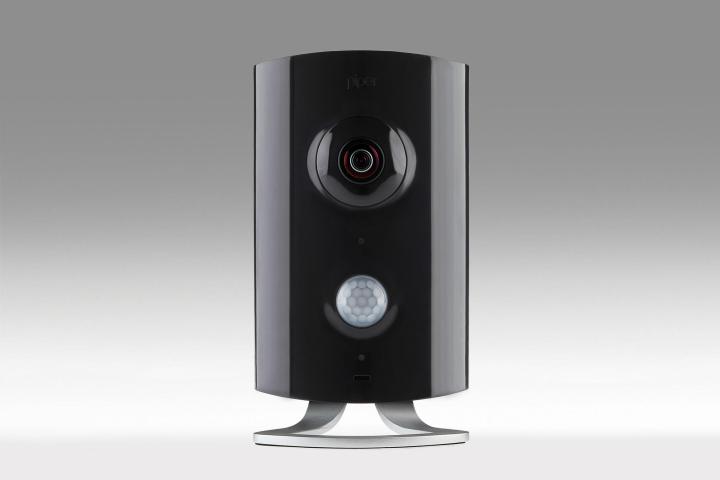
The original version was pretty stacked in terms of specs: 180-degree HD camera, ambient light sensors, motion detectors, humidity sensors, temperature sensors, and both Wi-Fi and Z-Wave radios for network connectivity. The new model, dubbed Piper NV, improves those specs with a faster processor, higher-resolution camera, and some newly added night vision capabilities. Now you can see intruders in the dark!
The extra features will put you back an extra $70 ($269 compared to the original Piper’s $199), but in return you’ll get a sharper, faster, more seamless experience. We’ve yet to test it out for ourselves, but the NV’s souped-up hardware presumably means clearer video and better live streaming.
It’s not quite available just yet, but iControl expects to roll out Piper NV both online and in brick-and-mortar stores starting next month. Be sure to check back for our full review in the coming weeks!
Editors' Recommendations
- Can you use a Blink Outdoor Camera without a subscription?
- The Arlo Go 2 can go beyond Wi-Fi, and that’s really cool
- Get this 4-camera Arlo security camera system while it’s $100 off
- Best night vision security cameras for 2022
- The new Blurams PTZ Outdoor Cam 2K can view most any angle




